Holidays are precious moments for people around the world, providing an opportunity to celebrate, relax, and spend time with loved ones. While the number of holidays can vary greatly from country to country, some countries stand out for their abundance of celebrations. Let's explore the countries with the most holidays, where holidays are a dream for many.
Myanmar
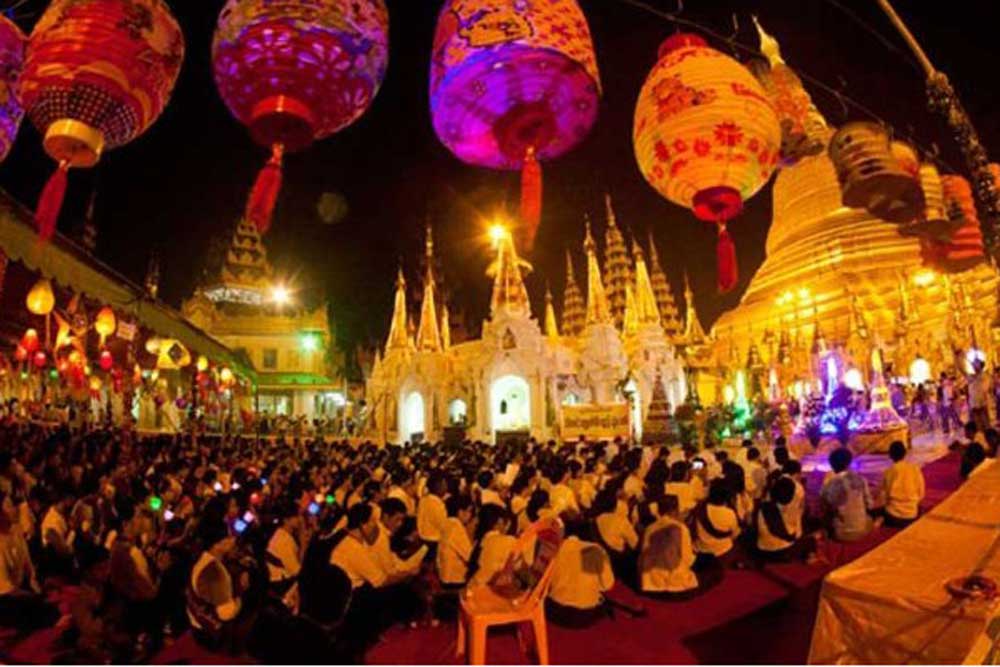
Myanmar, a country known for its diverse population of different ethnic groups and religions, is a nation steeped in cultural vibrancy. Not surprisingly, the Land of Golden Pagodas boasts a number of cultural and religious holidays celebrated throughout the year, adding a touch of enchantment to its already captivating landscape. The country has 61 public holidays, ranking it first.
Also in line with the country's commitment to promoting work-life balance, Myanmar's labor laws require paid leave for public holidays.
One of the most interesting holidays and festivals is the Phaung Daw Oo Pagoda Festival. It lasts for 20 days in September or October and is one of the most famous festivals in Myanmar. During the festival, four Buddha statues are taken from Phaung Daw Oo Pagoda and paraded around Inle Lak.
Russian Federation
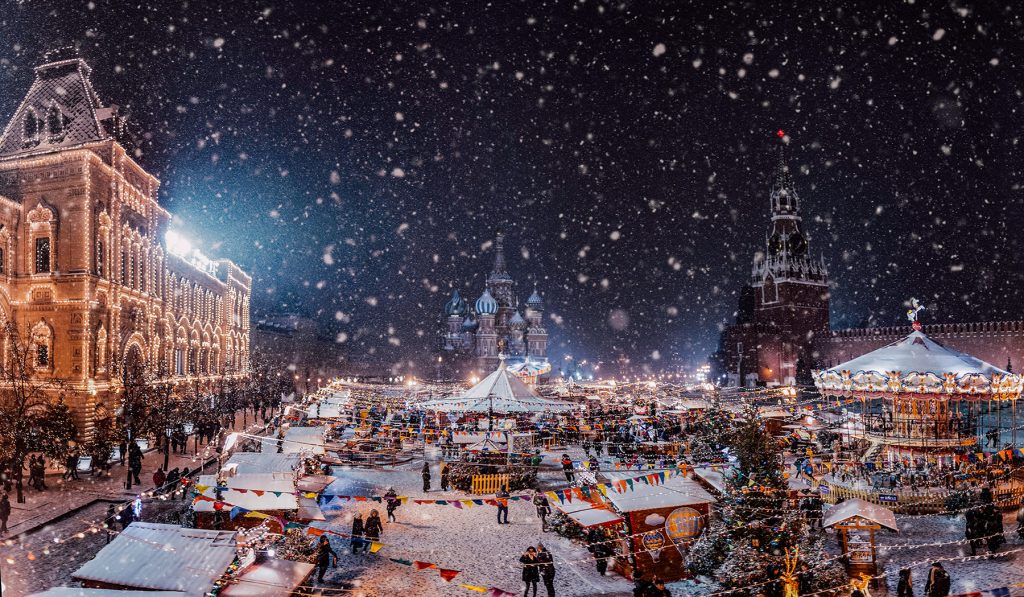
Russia ranks 2nd as the country with the most holidays in the world with a total of 38 days. Among the many national holidays in Russia, some have great historical value. One example is Victory Day, which commemorates the Soviet Union's victory over Nazi Germany in World War II. These politically driven holidays serve as a reminder of the country's progress and journey toward self-determination.
Russian national holidays are not only steeped in history, but also in vibrant cultural traditions. Holidays such as New Year's Day and Christmas are celebrated with customs passed down from generation to generation.
Iran

Iran has 27 public holidays. This number is quite different from Myanmar and Russia. But with this number, Iran ranks 3rd as the country with the most holidays. Among the many national holidays in Iran, many have deep historical and religious significance. Nowruz, the most important, marks the Persian New Year and symbolizes the renewal of life and the victory of light over darkness. Eid al-Fitr, on the other hand, marks the end of the holy month of Ramadan and is a time for Muslims to come together in prayer, reflection, and charity.
Iran uses three official calendar systems, each of which contributes to the large number of national holidays: The Solar Hijri calendar as the main calendar, which is based on Persian cultural traditions and national events. The Gregorian calendar corresponds to international holidays and promotes inclusiveness. In addition, the Hijri lunar calendar helps to determine Islamic holidays.
Nepal

Nepal is the 4th country with the most holidays in the world with 25 days. Nepal's national holidays have deep religious and cultural significance. Dashain, a festival steeped in tradition, commemorates the victory of truth over evil. Similarly, Tihar, the Festival of Lights, lights up the streets as houses are adorned with beautiful decorations and intricate rangoli designs. This celebration honors the sacred bond between humans and animals, with each day dedicated to a different creature, including crows, dogs and cows.
Nepal also celebrates certain gender-specific national holidays, reflecting the country's commitment to gender equality and inclusivity. Rishi Panchami, for example, is a holiday dedicated to women, giving them a day of spiritual cleansing after menstruation. This celebration serves as a reminder of the importance of women's well-being and recognizes their important role in society.
Sri Lanka
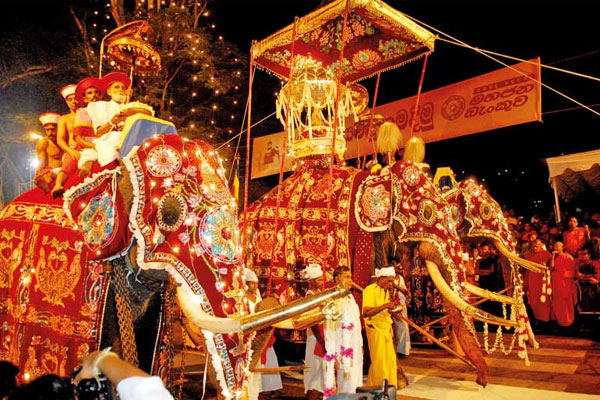
Another Asian country with the highest number of public holidays is Sri Lanka with 25 days. A country with a vibrant multicultural population, Sri Lanka offers a tapestry of ethnic diversity and religious harmony. Celebrations such as Vesak, which commemorates the birth, enlightenment and passing of the Buddha, and Tamil Thai Pongal, a harvest festival celebrated by the Tamil community, demonstrate the harmonious coexistence of different religious and cultural traditions.
Recognizing the potential of public holidays in promoting tourism and boosting the economy, the Sri Lankan government has also implemented policies to increase the number of public holidays.
China
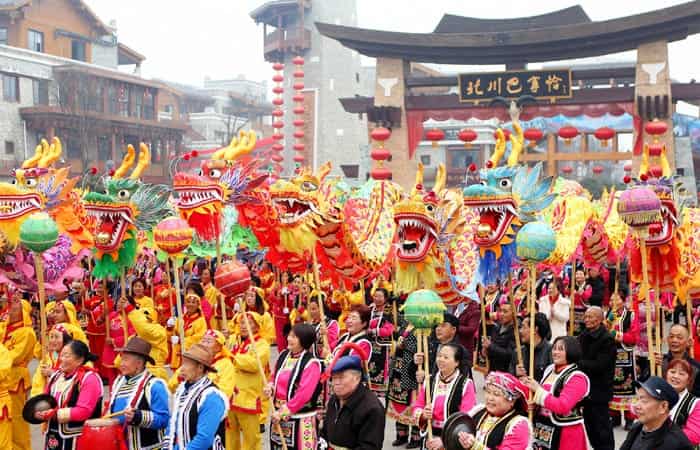
Although known as a busy country, China has 24 public holidays. This puts it in 6th place as the country with the most holidays. China's national holidays are woven with the threads of its rich history and culture. Chinese New Year, a lavish celebration that lasts several weeks, embodies the essence of Chinese culture.
The Chinese government has implemented policies to increase the number of holidays in order to promote tourism and stimulate the economy. In particular, week-long holidays during Labor Day and National Day were introduced in 2000.
In addition, a peculiarity of Chinese national holidays is the rearrangement of weekends. Weekends are often swapped with weekdays adjacent to the actual holiday, creating a longer period of rest and celebration.
Egypt

Egypt has 23 national holidays, the same number as China. Egypt, a country steeped in ancient history and rich cultural traditions, celebrates a variety of national holidays that have deep religious and cultural significance. These celebrations, such as Eid al-Fitr, which marks the end of Ramadan, and Sham el-Nessim, a spring festival celebrated by Egyptians of different faiths, are a testament to the country's diverse cultural heritage.
Many of Egypt's national holidays have historical significance, commemorating important moments in the nation's history. National Police Day, for example, honors the role of the police in the 1952 revolution, which led to significant political and social changes in Egypt. Another important holiday is Revolution Day, which celebrates the 2011 revolution that toppled former President Hosni Mubarak.
Thailand

The Land of White Elephant has 23 public holidays, making it one of the most holiday-rich countries in the world. One of Thailand's national holidays is Songkran, the Thai New Year, one of the most important holidays, characterized by festive water wars, street processions, and paying tribute to their ancestors and seeking blessings for the coming year.
Loy Krathong, another important festival, is a luminous spectacle in which people float beautifully decorated krathongs along rivers and waterways, symbolizing the release of negative energy and expressing gratitude to the Goddess of Water.
Chile
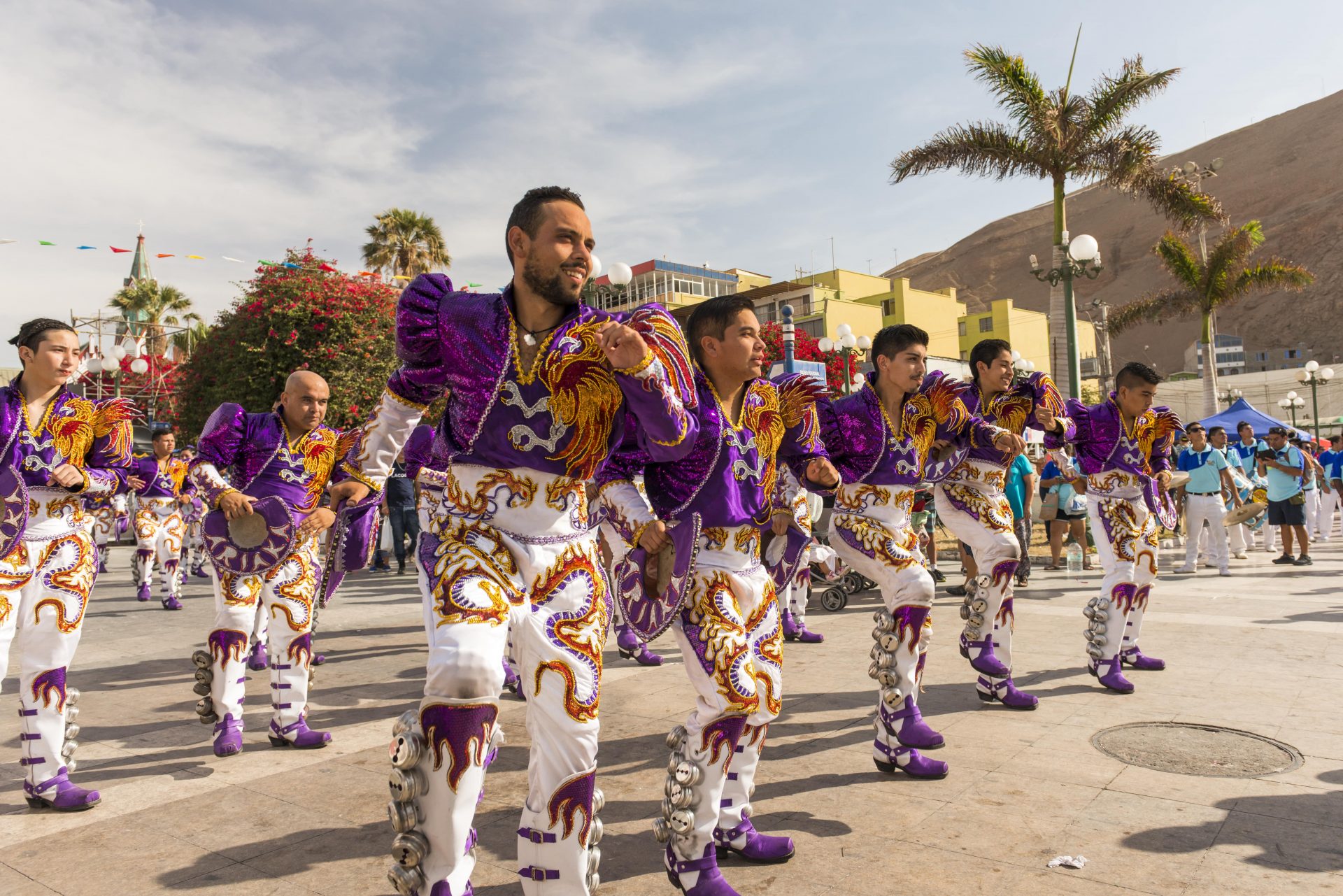
Chile has a total of 23 holidays, the same number as Egypt and Thailand. Chile's national holidays include religious and cultural celebrations that have deep meaning for its citizens. Holidays such as Easter and Christmas, which are celebrated by Christians throughout the country, bring families and communities together in joyful gatherings. Chile also has national holidays that are steeped in history and celebration.
Holidays in Chile are regulated by the government and are widely observed by the public and private sectors. Many of Chile's modern holidays were established by law on January 28, 1915, reflecting the country's commitment to preserving and commemorating its historical and cultural heritage.
Cambodia

Cambodia has 21 public holidays, making it the last country on the list of the most public holidays in the world. One of the interesting holidays in Cambodia is that it is the only country in the world that has a public holiday to celebrate Children's Day. Cambodia also celebrates a national holiday to commemorate Human Rights Day.
Then, one of the most unique religious festivals in Cambodia is Pchum Ben, a 15-day celebration held in September or October. Pchum Ben is a time when Cambodians honor their ancestors and deceased loved ones.
Another major celebration in Cambodia is Khmer New Year. This national holiday marks the beginning of the Khmer calendar and is a time of excitement and celebration. Colorful processions, traditional dances, and religious ceremonies fill the streets as people gather to welcome in the New Year.
It is important to note that the number of public holidays can vary from year to year due to changes in government policy or cultural considerations. While many holidays can be a source of joy and relaxation for the citizens of these countries, they also serve as a reminder of the rich culture that defines their identity.
Whether it's gathering to honor historical events, celebrating religious occasions, or simply enjoying time with loved ones, these countries embrace the festive spirit and cherish moments of respite through their many holidays.



















